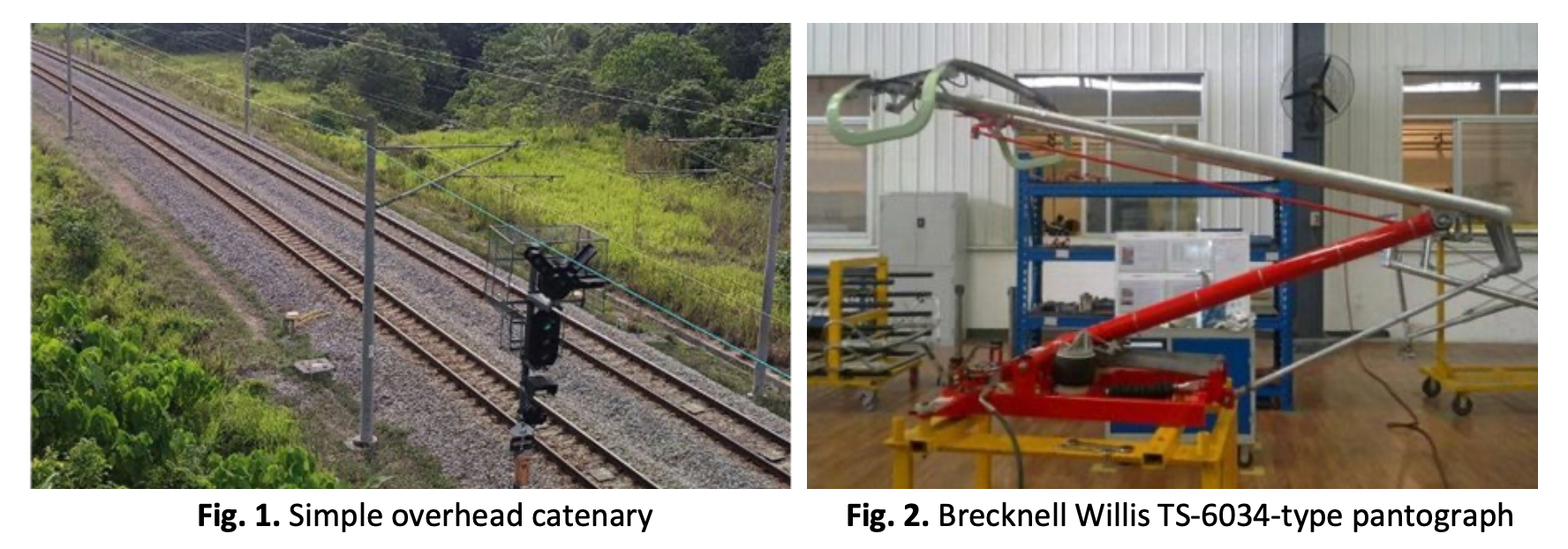Development and Verification of a Half-body Railway Pantograph Model in the Vertical Directions
DOI:
https://doi.org/10.37934/aram.114.1.6682Keywords:
9DOF pantograph model, physics-based simulation, railway dynamicAbstract
In high-speed traffic, the pantograph-catenary system is responsible for the continuous supply of electrical power to the high-speed train. The pantograph-catenary system is stressed by the complex working environment in several ways. The excitation of the vehicle by the track is one of the normal disturbances of the pantograph-catenary interaction. In previous studies, only the vertical effect of vehicle-track vibration on pantograph-catenary interaction was considered. To address this deficiency, both pantograph-catenary and vehicle-track models are established in this work. The nine degrees of freedom (9DOF) of the railway pantograph model are analysed and verified by comparison with the 2D physics-based simulation software Algodoo. The effects of weights, steps, and bumps are considered, and the responses of the mass contact strip are analysed. The same inputs are used in the MATLAB/Simulink model of the half-body railway pantograph. The results are compared for verification using an appropriate statistical analysis. It can be shown that the model is verified with a small percentage of deviations due to the actual gravity and spring deflections at different inputs. Statistical analysis for the mean absolute relative error is performed to capture the effects of random track irregularities on the pantograph-catenary interaction. The verification results show that the developed model can be used for vertical direction analysis and is also valuable and instructive for the future experimental approach of the active half-body railway pantograph.
Downloads



























